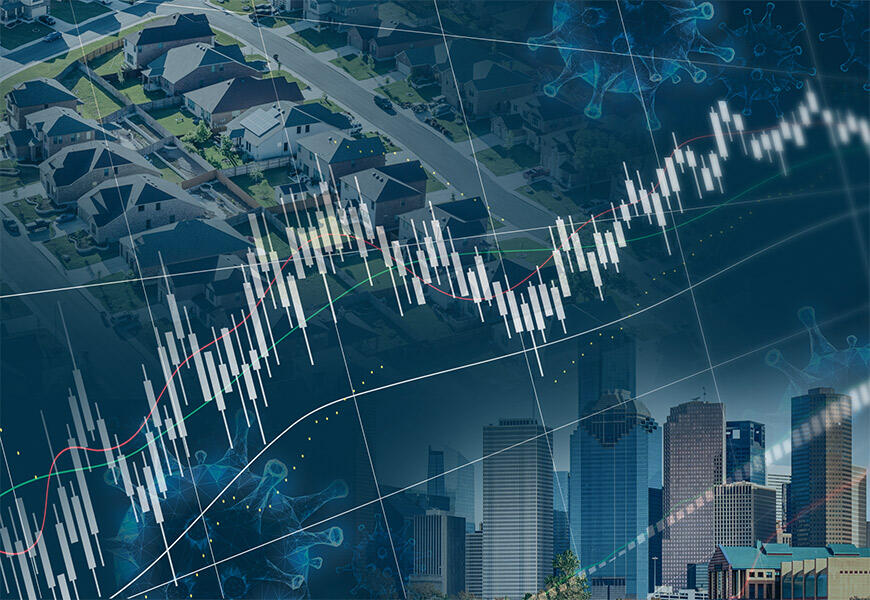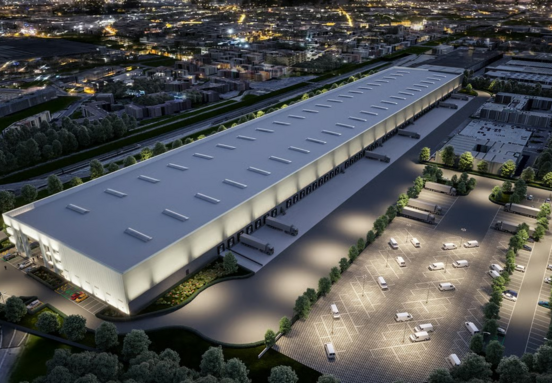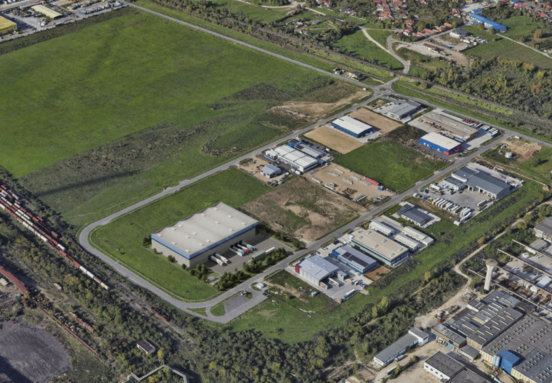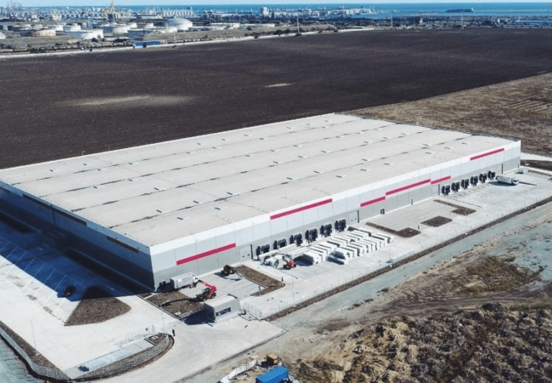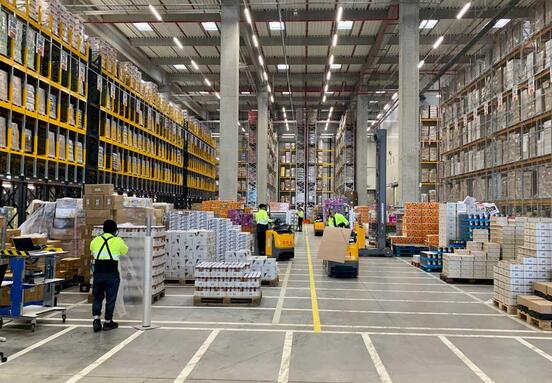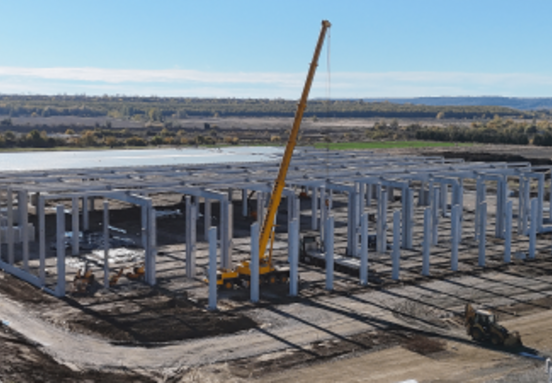We all expect that when we are in an enclosed space, we can feel safe. A study conducted in Europe in June 2020 on new routines in office buildings shows that 43% of people who have returned to work are concerned about the sanitation measures applied to ensure a safe environment.
1. Proactive and reactive measures
Proactive measures such as:
- Periodic disinfection performed by authorized companies
- Improving air quality
- Use of special detergents
- Denying access to people with certain symptoms
- Special measures for crowded areas (indoor or outdoor)
At the same time, a strategy of reactive measures that promotes effective risk management is welcome.
2. Fresh air supply
From a technical and economic point of view, properly treated fresh air supply is a new challenge for building managers.
In general, ventilation systems are designed to recirculate a large amount of indoor air. Increasing the percentage of fresh air leads to increased energy costs and costly system changes.
For example for an analyzed chiller with a thermal output of 25000 BTU / h, located in an area with an outside temperature of 32.2 ° C, an agent temperature of 12.7 ° C, and an interior temperature of 22 ° C, with each increase of 5% of the fresh air supply is registered with an increase of 2.29% of the electricity consumption.
There are several solutions that can be considered such as: HEPA filtration, increasing the ventilation level, increasing the share of fresh air, UV filtration (254 nm). Depending on each building, it is the responsibility of its administrator to establish a procedure continuously adapted to the degree of occupancy of the building.
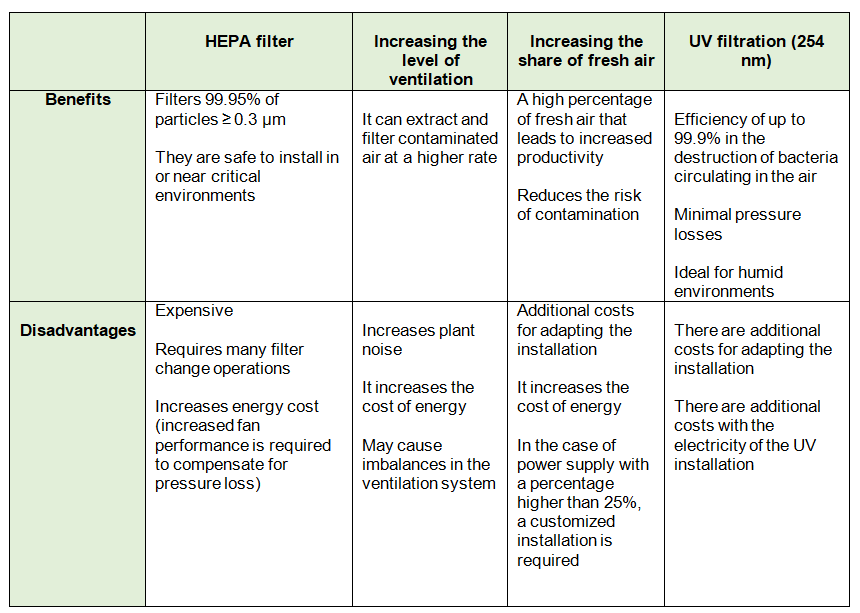
Building management systems are becoming essential
The dynamics of the situation require the use of automation solutions for the HVAC installation and more. Building Management System (BMS) is an already mature concept. But it has recently become accessible and cost-effective even for smaller buildings.
With the help of BMS you can create a general digital panel, available to all occupants, containing information about the disinfection program, internal rules, ventilation status, occupancy of the building, main events or information and much more.
Also with the help of BMS you can create a digital plan with different points of interest (POIs) and with established routes, so that visitors or tourists do not pose a risk.
A digital map of the building may indicate:
- The level of disinfectant from different points
- The places where masks are available and their number
- Areas that have been recently disinfected
- Medical points, if any
I consider that, in the current context, the automation according to needs of a building is an essential aspect because:
- Reduces investment costs with an efficient recovery
- Provides an efficient and professional communication channel with the occupants
- It constantly adapts the parameters of the installations so that the established measures are observed
In conclusion
The current health crisis will end, but it is difficult to anticipate when. On the other hand, it is clear that, for a return to enclosed public spaces as smooth as possible, the mode of operation of buildings must be intelligent, in which the risks are minimized.
Author:Vlad Caragea, dipl.ing. Power EngineerTimepal Romania și Facilities Management Services
